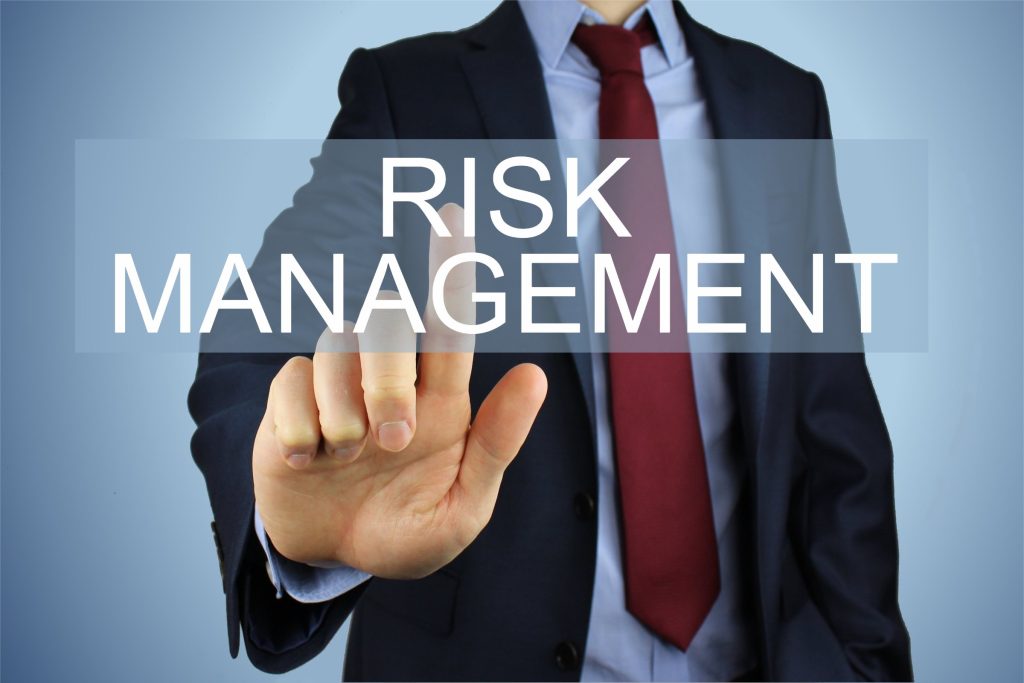FAQ'S
Why is risk management critical?
Risk management is important for businesses because it maximizes their chances of achieving their objectives. Risk management focuses on what matters most to businesses, to improve decision-making. It is forward-looking and works as an early warning indicator. Managing risks lowers uncertainty to tolerable levels – within the context of enterprise risk management. Without effective risk management, good governance is not possible.

How can businesses integrate risk management into their strategic financial planning?
Businesses can integrate risk management into their strategic financial planning by gaining knowledge of the type of risk before making any strategic decision. Risk analysis helps to identify the risks of a business – to assess how risk impacts the goals of an organization. Risk analysis enables businesses to effectively change strategies – which may include the adoption of new policies, including governance frameworks, based on the following risk-mitigating steps.
- Strategic objectives decomposition.
- Identifying factors associated with uncertainty.
- Performing risk analysis.
- Turning risk analysis into actions.

Step 1
Step 2


Step 3
Step 4

FAQ's
Yes, it is economical. Studies have established that any investment in risk management leads to fewer losses and enhanced decision-making, which thus leads to better overall performance.
Risk criteria are the terms of reference against which the level of a given risk will be assessed in an organization. They vary from one organization to another and depend on the objectives and priorities of the organization.

